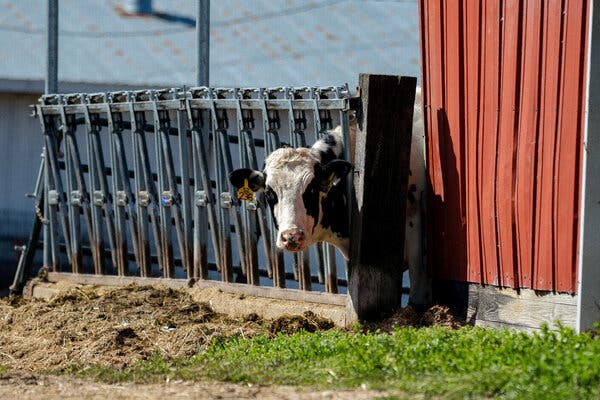Bird Flu
Bird Flu
A single spillover, from a bird to a cow, led to the infections, a review of genetic data has found.

The bird flu outbreak in American dairy cattle may have begun in January, or even as early as December, a new analysis of genetic data suggests.
The Department of Agriculture announced in late March that dairy cattle in Texas and Kansas had tested positive for the virus, called H5N1. It has since reported cases in dozens of herds in eight states.
On Tuesday, federal health officials said they had discovered fragments of H5N1 in milk samples obtained at various sites across the nation. The fragments pose no threat to consumers, the officials said.
It is unclear exactly how the cows became infected, but the most likely source is feces or other secretions from a wild bird infected with the virus.
Scientists in the United States and elsewhere have criticized federal agencies for withholding key information about the outbreaks, including genetic sequences of the virus from infected cows, The New York Times reported on Friday. The data may hold valuable clues to the evolution of the virus and the extent of the outbreak.
On Sunday, the department published 239 genetic sequences, but it omitted some details regarding the locations from which they were obtained and the dates.

